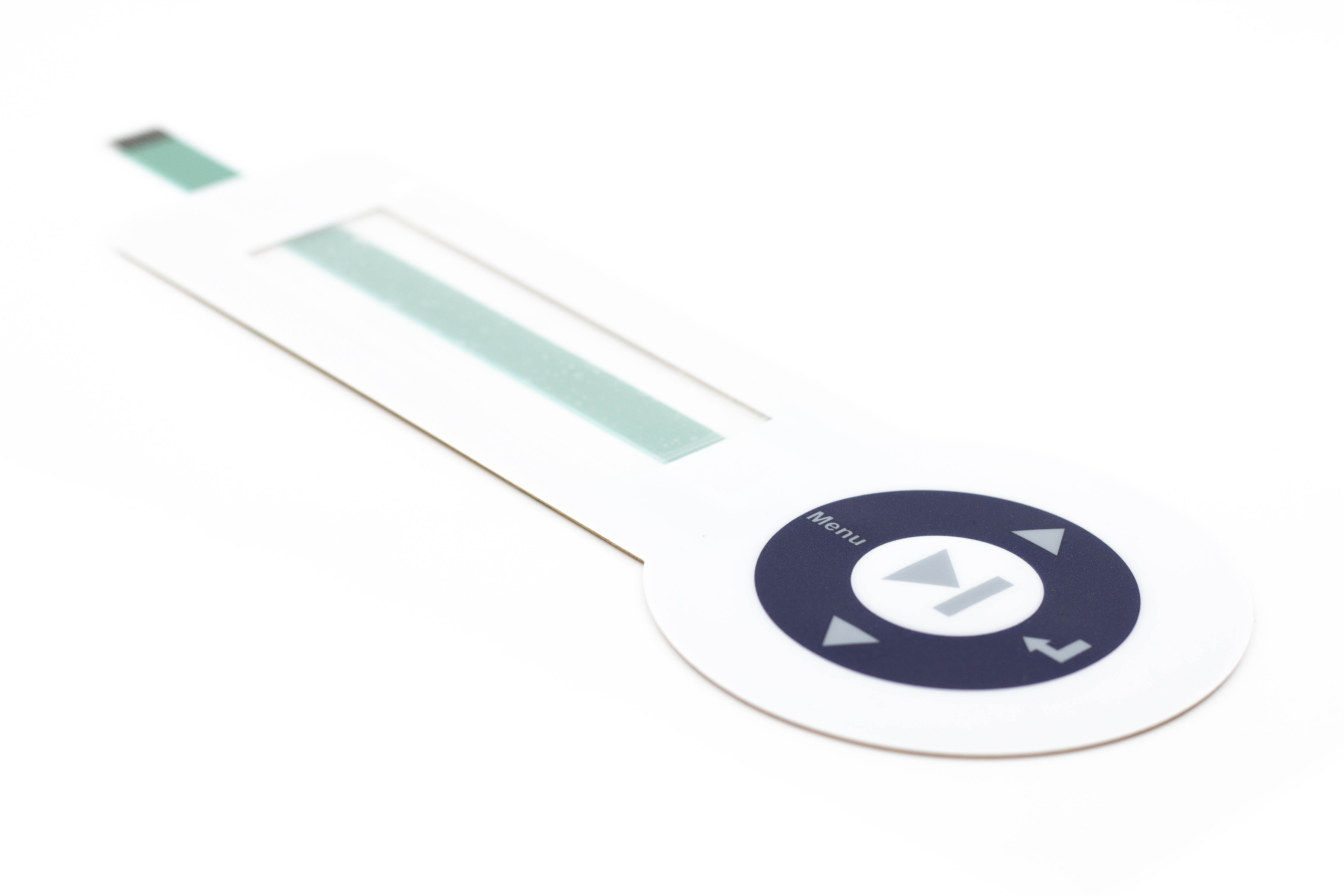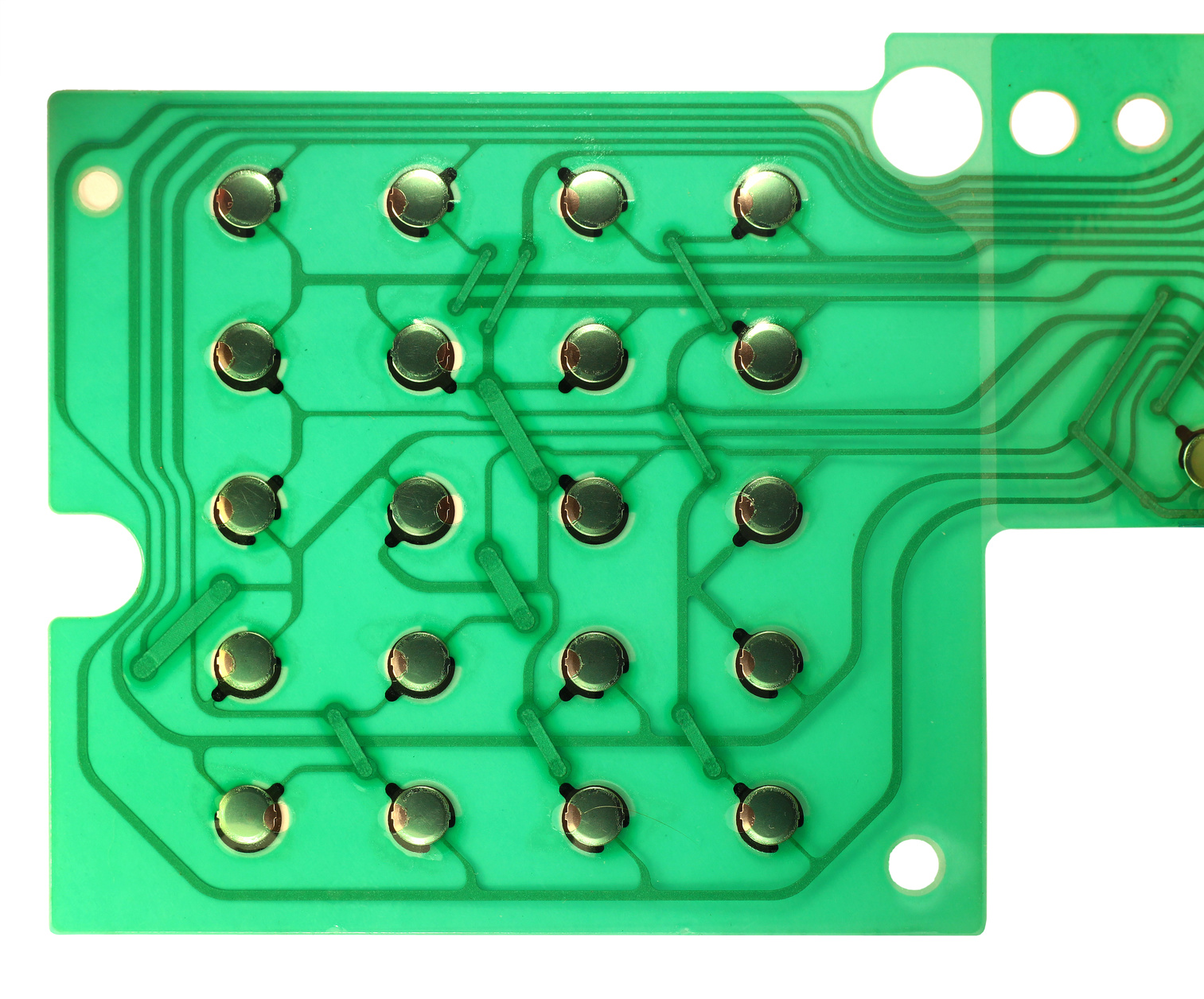Understanding the Significance of Membrane Switches in Interface
Membrane switches are integral elements in the style of efficient customer interfaces, promoting not just performance yet likewise enhancing aesthetic appeal and individual interaction. Their special functions, such as resistance to ecological factors and personalized designs, make them ideal for a varied range of applications throughout numerous sectors. As we check out the numerous benefits and future patterns connected with Membrane innovation, it becomes clear that these switches are greater than simply elements; they represent a merging of advancement and usefulness. The effects of this technology on individual experience deserve checking out further.
What Are Membrane Buttons?

The spacer layer, which contains sticky residential or commercial properties, permits the separation of the circuit layer from the overlay, making certain that the switch remains in a non-activated state until pushed. When pressure is applied to the overlay, it compresses the spacer layer, connecting the gap and finishing the circuit in the underlying layer. This style not just minimizes the physical space required for typical mechanical buttons however likewise boosts the toughness of the device, as Membrane switches are normally immune to dust, moisture, and various other environmental elements.
Generally found in applications varying from customer electronics to clinical gadgets, Membrane buttons are important to contemporary innovation, offering a user-friendly and efficient user interface that lines up with contemporary design demands.
Advantages of Membrane Buttons
While countless button modern technologies exist, Membrane Switches deal distinctive benefits that make them especially desirable in numerous applications. Among the key advantages of Membrane switches is their compact layout, which permits for space-saving implementations in devices where property is restricted. Their thin account not just improves visual allure yet likewise helps with light-weight building and construction.
An additional substantial benefit is their resistance to environmental factors. Membrane buttons are generally secured against moisture, dirt, and pollutants, making them excellent for usage popular settings, such as clinical gadgets and commercial devices. This resilience expands the life-span of the button, lowering maintenance costs and enhancing reliability.
In addition, Membrane buttons can be tailored to meet specific style requirements, including distinct graphics and colors that enhance individual communication. Their responsive responses choices can also be tailored to supply a rewarding user experience. Furthermore, Membrane buttons are affordable, specifically in high-volume applications, as they can be generated effectively.
Applications in Various Industries

In the customer electronics field, Membrane switches are prevalent in tools such as microwaves, cleaning devices, and remote controls. Their tactile feedback and visual alternatives boost customer experience while giving a sleek, contemporary look. In addition, automobile producers use Membrane switches in dashboard controls and infomercial systems, where area is limited, and user engagement is vital.
Furthermore, the commercial sector leverages Membrane switches in control panels for equipment and devices, allowing for intuitive procedure in typically harsh atmospheres. Their resistance to chemicals and moisture makes certain durability and dependability in these applications. On the whole, the flexibility of Membrane Switches adds considerably to their widespread use, making them vital in different technological domain names.
Style Considerations for Membrane Switches

When making Membrane buttons, a number of crucial considerations need to be thought about to ensure optimal capability and individual experience. The option of materials is essential; selecting durable, high-quality substrates can improve the switch's long life and resistance to ecological factors such as moisture and temperature fluctuations.
Second of all, the layout of the visuals overlay must focus on quality and ease of use. Icons and message have to be readable, and the format must assist in instinctive communication (membrane switches). Additionally, tactile responses is vital; incorporating a responsive dome or other devices can boost the individual experience by supplying physical confirmation of activation
An additional essential element is the button's electric efficiency. Developers need my website to ensure that the conductive traces are effectively designed to minimize resistance and prevent signal disturbance. This entails examining the required actuation pressure and making sure compatibility with the electronic components they will certainly user interface with.

Future Trends in Membrane Innovation
As innovation continues to advance, Membrane buttons are poised to progress substantially, driven by innovations in products and manufacturing strategies. One arising fad is the unification of advanced products, such as conductive inks and versatile substratums, which boost longevity and decrease the total weight of Membrane switches. These materials not only boost the responsive response yet also enable the style of switches that can hold up against harsher environmental problems.
Moreover, the integration of touch-sensitive technologies is changing conventional Membrane Switches into even more interactive interface. Capacitive touch sensors installed within Membrane button panels can supply an extra responsive and user-friendly customer experience, straightening with the expanding demand for smooth, modern layouts in consumer electronic devices.
In addition, advancements in printing techniques, such as electronic and 3D printing, enable fast prototyping and personalization of Membrane switches. This flexibility allows makers to respond quicker to market demands and consumer preferences.
Finally, sustainability is ending up being a substantial focus, with producers discovering environmentally friendly products and processes. As these patterns unravel, the future of Membrane modern technology promises enhanced functionality, visual appeal, and environmental duty, strengthening their function in advanced interface throughout various sectors.
Conclusion
In conclusion, Membrane Switches represent an essential component in the style of user interfaces, integrating capability with aesthetic flexibility. Their benefits, including toughness and resistance to environmental factors, make them suitable for diverse applications throughout numerous industries. Thoughtful style considerations boost customer interaction and experience. As advancements in technology proceed, the advancement of Membrane buttons is expected to more refine customer interfaces, driving innovation and improving functionality in a progressively intricate technological landscape.
Membrane switches are integral elements in the design of efficient user interfaces, helping with not just capability but likewise improving aesthetic charm and customer communication.Membrane Switches serve as an important element in different customer interfaces, helping with a smooth communication in between users and digital gadgets.While countless switch modern technologies exist, Membrane Switches offer unique advantages that make them particularly preferable in various applications.Moreover, Membrane buttons can be tailored to satisfy specific style requirements, integrating one-of-a-kind graphics and link colors that enhance customer communication.In conclusion, Membrane Switches represent an important part in the design of individual interfaces, combining see here now capability with visual adaptability.